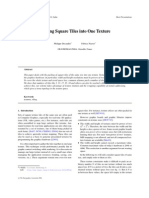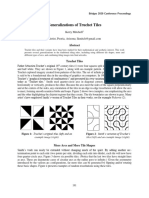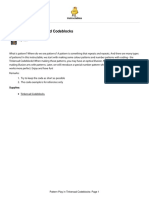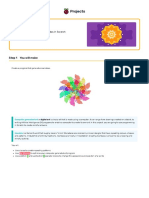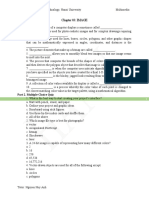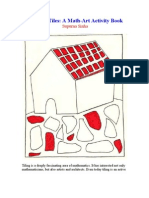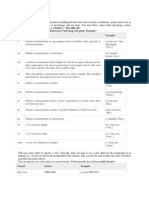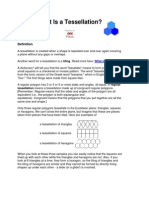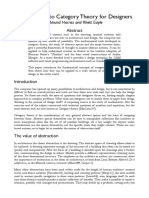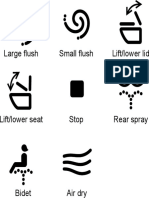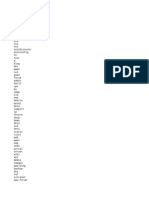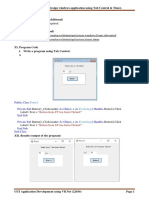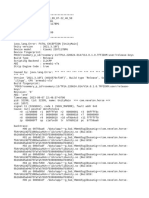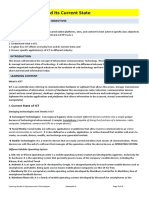0% found this document useful (0 votes)
161 views4 pagesTiling With Prime Numbers
The document discusses how periodical cicadas emerge every prime numbered years (7, 13, 17 years) to avoid synchronization with their predators' boom cycles of 2-6 years. This "cicada principle" can be applied to web design by using prime number tile dimensions (e.g. 29px, 37px, 53px tiles) to generate seemingly random patterns that do not repeat for a long distance. The document provides examples applying this principle to generate striped and curtain backgrounds using small images and prime number tile widths.
Uploaded by
KristineCopyright
© © All Rights Reserved
We take content rights seriously. If you suspect this is your content, claim it here.
Available Formats
Download as PDF, TXT or read online on Scribd
0% found this document useful (0 votes)
161 views4 pagesTiling With Prime Numbers
The document discusses how periodical cicadas emerge every prime numbered years (7, 13, 17 years) to avoid synchronization with their predators' boom cycles of 2-6 years. This "cicada principle" can be applied to web design by using prime number tile dimensions (e.g. 29px, 37px, 53px tiles) to generate seemingly random patterns that do not repeat for a long distance. The document provides examples applying this principle to generate striped and curtain backgrounds using small images and prime number tile widths.
Uploaded by
KristineCopyright
© © All Rights Reserved
We take content rights seriously. If you suspect this is your content, claim it here.
Available Formats
Download as PDF, TXT or read online on Scribd
/ 4
